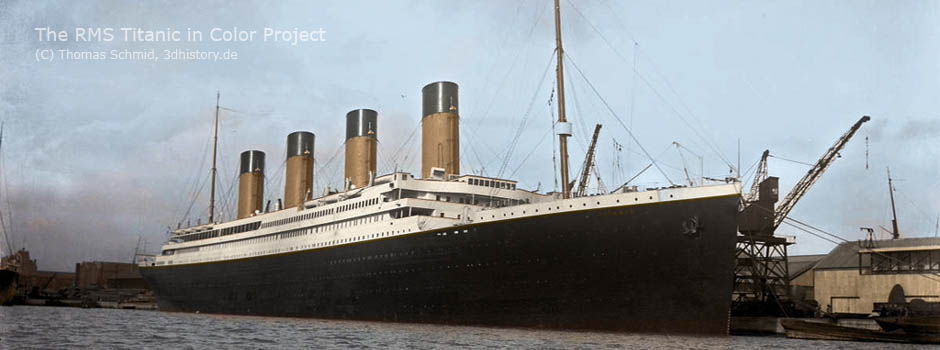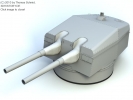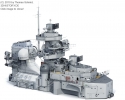Outstanding Second World War anti-aircraft gun and highly effective anti-tank weapon
This photos are available in the shop. Click to go to the shop
Developed secretly by a aKrupp design team in 1931, at a time when Germany was still forbidden by the Versailles Treaty to develop such weapons, the 8.8cm gun went into production in 1933. It was an immediate success and proved its value in the Spanish Civil War. Its cruciform platform with folding side legs made it easy to emplace or move, and its semi-automatic breech mechanism greatly simplified loading.
Three main models – the Flak 18, 36 and 37 – were in service by 1939. Together they formed the backbone of Germany’s anti-aircraft defences throughout the Second World War. They also gained a formidable reputation as anti-tank weapons and were increasingly used in this role in all Germany’s major campaigns from 1940 to 1945.
In addition, “88s” were used as long-range field artillery and for coast defence, making the type arguably the best all-round gun of the Second World War.
This example comprises a Flak 18 barrel on a Flak 36 cruciform mount. Lent by permission of the Royal Artillery Historical Trust.
Technical specifications:
8.8cm Flak 18 on Flak 36 mounting
CREW: Ten
CALIBRE: 3.5 inches (8,8 cm)
WEIGHT IN ACTION: 11,355 lb (5,150 kg)
MAXIMUM EFFECTIVE CEILING: 26,250 feet (8,000 m)
RATE OF FIRE: Up to 20 rounds per minute
AMMUNITON: 20 lb (9,28 kg) high explosive, AP40 and others








